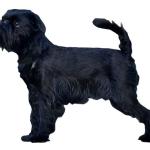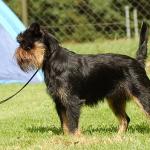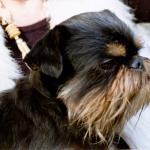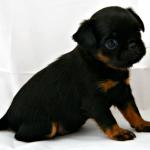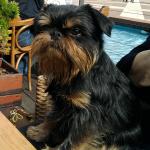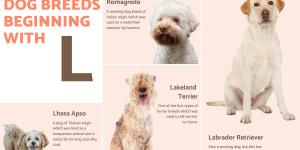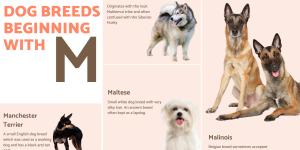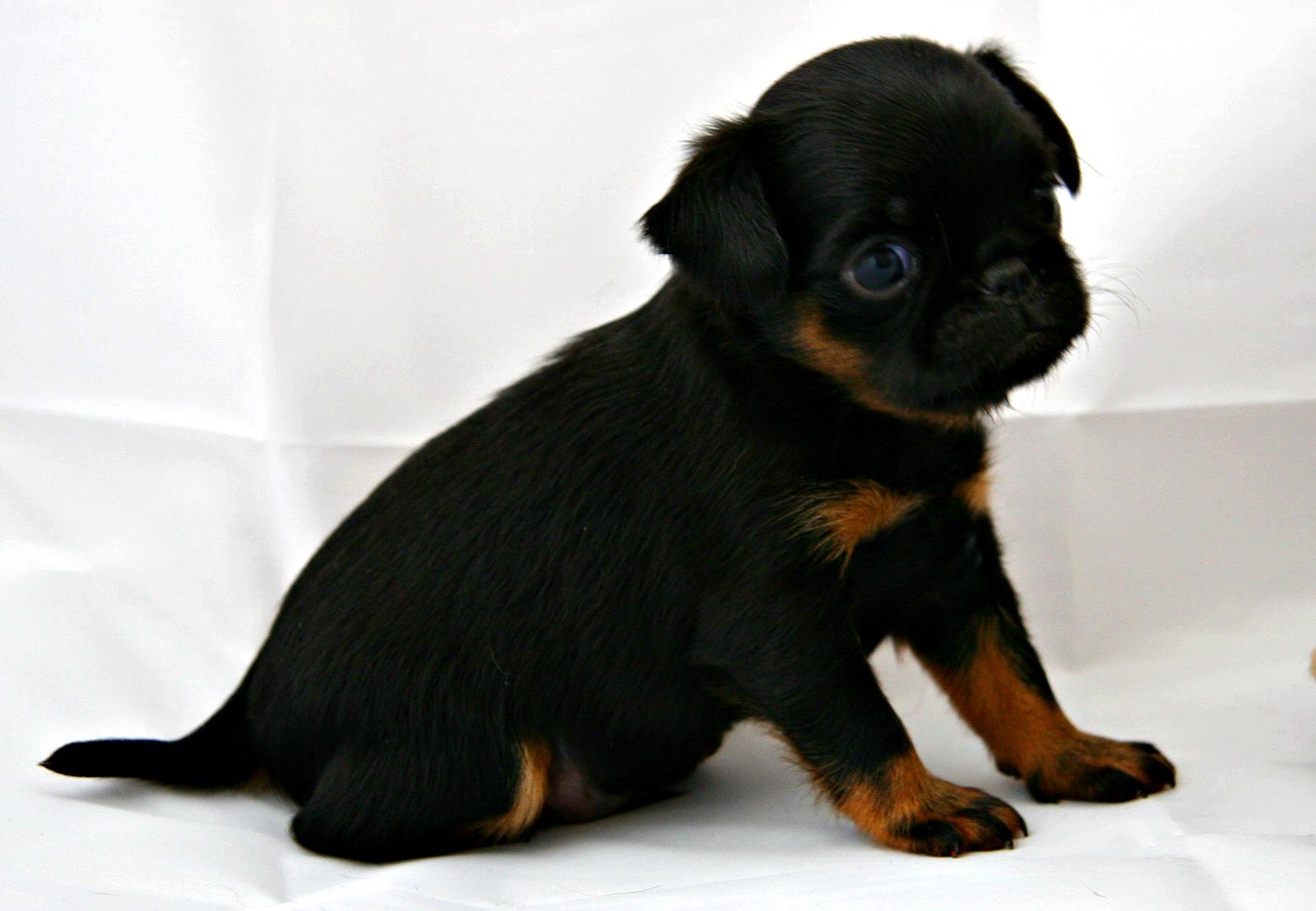Belgian Griffon
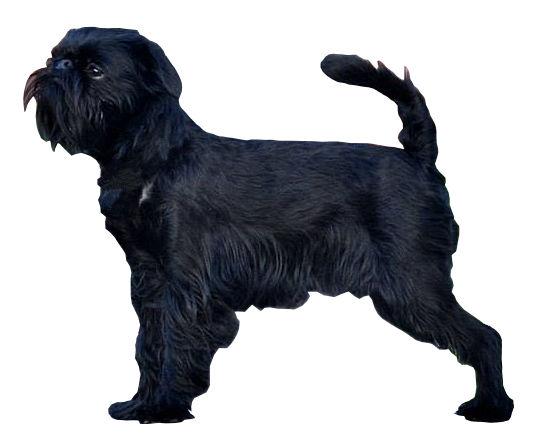
The Belgian Griffon, the Griffon of Brussels and the Petit Brabançon are three very similar breeds of companion dogs. These three breeds share a similar history and come from the same place, the European city of Brussels, in Belgium. We could say that there are three breeds in one, since they only differ by their color and type of hair. In fact, while the International Cynological Federation (FCI) considers these dogs to be three separate breeds, other organizations such as the Kennel Club Americano and the English Kennel Club recognize these three varieties as a single breed called Brussels Griffon.
In this breed file at AnimalWised we are going to tell you everything you need to know about a Belgian Griffon and its two cousin breeds . We will be discussing its origin, physical characteristics, character, care, education and common health problems.
- Europe
- Belgium
- Group IX
- 5-14
- 14-18
- 18-22
- 22-27
- 27-31
- More than 31
- 2-7
- 7-22
- 22-55
- 55-100
- 100-220
- 8-10
- 10-12
- 12-14
- 15-20
- Low
- Meidum
- High
Origin of the Belgian Griffon
The Belgian Griffon, like the Griffon of Brussels and the Petit Brabançon, are three breeds that descend from the "Smousje", an old terrier dog with hard hair that lived in Brussels and was used to kill rats and mice in stables. During the nineteenth century, these Belgian dogs were crossed with pugs and King Charles spaniels, giving rise to the current Belgian and Brussels Griffons and Petit Brabançon.
The popularity of this breed along with the other two, grew in Belgium and all Europe when Queen Maria Enriqueta introduced the breeding and possession of these animals. However, the subsequent two World Wars almost completely extinguished these three breeds. Fortunately for European cynology, English breeders managed to rescue them, however, they never regained their former popularity.
Today these three breeds of Belgian company dogs are used as pets and in dog shows. Although they are very few of these dogs known in the world, they are thankfully not in danger of extinction.
Physical characteristics of a Belgian Griffon
The only thing that differentiates this breed from the other two mentioned above is its coat. The Belgian griffon has hard, long, slightly wavy coat with an inner layer of hair. Their coats are usually black and/or black and ‘‘fire’’, black mixed with red-brown can also be common.
Other than the coat differentiation, these three breeds have identical physical characteristics. The height at the withers is not indicated in the FCI standard of any of these three breeds of dogs, but both the Belgian Griffon, Brussels Griffon and Petit Brabançon are usually between 18 and 20 centimeters. The ideal weight for these three breeds is 3.5 to 6 kilograms. They are small, robust and have an almost square body profile. However, despite their small size and broad chest, they move elegantly.
The head is the most striking feature of the Belgian Griffon. In all three breeds, their heads are large, wide and round. Their snouts are very short with a black nose. Their eyes are large, round and dark. According to FCI standards, their eyes should not be prominent, but apparently that is a subjective assessment or a criteria that is not always met. Their ears are small with a high insertion and are well separated from each other. Unfortunately, the FCI continues to accept amputated ears, although this practice only presents harm to the animal.
The tail of this breed of dogs is of high insertion facing upwards.
Character of a Belgian Griffon
These three dog breeds are so similar that they even share temperamental characteristics. Many of these dogs are somewhat nervous.But, in general, Belgian Griffons are active, alert and courageous dogs; and they tend to stick to only one person, whom they accompany most of the time.
Although the Belgian Griffon, Griffon of Brussels and Petit Brabançons can be friendly and playful, they can also be shy or aggressive when they have not been properly socialized. These three breeds may be more difficult to socialize at first than other companion dogs, since their character is instinctively strong and reckless, and they may get angry with other dogs and with other people who try to dominate them by wanting to make them submissive. But when these dogs are socialized correctly from an early age, they can tolerate other dogs, other animals and strangers without any problem.
As these dogs need a lot of company, they tend to follow their owner. They can easily develop behavioral problems when they live in the wrong environment. These dogs can portray destructive behaviors, become barkers or even suffer from separation anxiety when they spend a lot of time alone.
But despite all of these potential problems, the Belgian Griffon and its canine cousins are excellent pets for adults who have enough time to dedicate to these dogs. They are not good pets for first time owners because they need a lot of attention. These dogs are also not recommended for families with children as these dogs can react badly to sudden movements and noises.
Caring for a Belgian Griffon
The Belgian Griffon, The Griffon of Brussels and the Petit Brabançon have great need for company and attention. These three breeds need to spend most of the time with the person they are most attached to or with their family. Belgian Griffons are not accustomed to living in a garden or a patio, although they enjoy being outdoors when accompanied. They adapt well to living in an apartment, but it is better that they live in a calm and quiet area and not in the center of large cities.
The three breeds are very active and require a lot of physical activity. Thanks to their small size they can do this exercise indoors. Even so, it is important to walk the dogs daily and give them some playing time. Keep in mind that dogs with flattened snouts are susceptible to thermal shock, so do not exercise them excessively in humid environments with high temperatures.
Regarding the care of the coat, there are some small differences between these three classes of breeds. Thus, for the Belgian and Brussels Griffons, it is necessary to brush their hair two or three times a week and to strip (manually remove the dead hair) about three times a year. And you only have to bathe them when they are really dirty.
Educating a Belgian Griffon
Apart from correct socialization, canine training is very important for this breed of strong personality. Traditional training, based on punishment and dog ownership, does not work with Belgian Griffons or the other two breeds. We recommend using positive training styles such as clicker training.
Health of a Belgian Griffon
Generally, the Belgian Griffon, Griffon of Brussels and Petit Brabançon are healthy animals, and do not present diseases as frequently as other breeds. Despite this, it is very important to know some of the most common health problems within these three breeds in order to prevent them. These include:
- Stenotic nostrils
- Exophthalmia (protrusion of the eyeball)
- Lesions of the eyeball
- Cataracts
- Progressive atrophy of the retina
- Patellar dislocation
- Distiquiasis
Belgian Griffon photos
